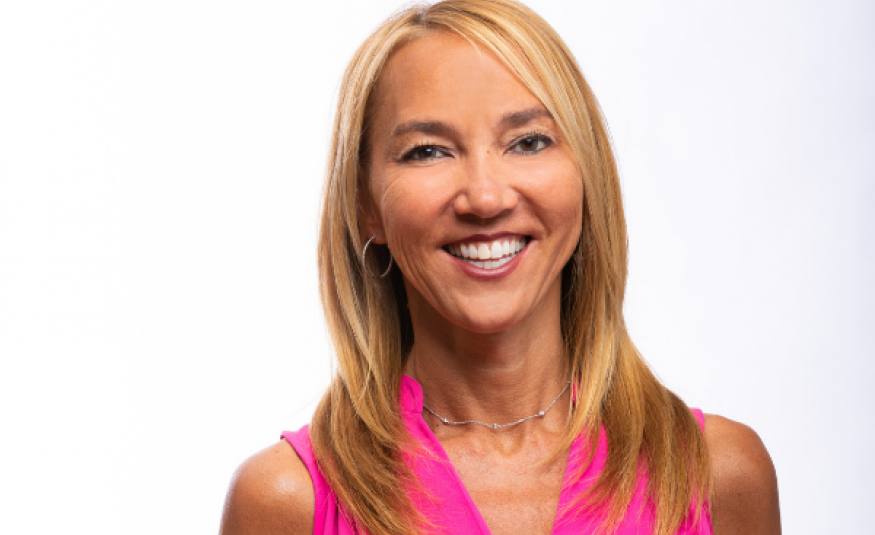By Danica Tormohlen, Society of Independent Show Organisers (SISO) publisher and editor-in-chief
As the event industry continues to emerge from the pandemic, one of the biggest buzz words for B2C events in 2022 is: Community. After two years of isolation, there’s pent-up demand to connect in-person with like-minded individuals and brands. How is your organisation embracing community for your sector?
“As event producers during the pandemic, we transformed our businesses by creating a deeper connection with our partners, sponsors, exhibitors and attendees,” said Michelle Metter, partner, Fast Forward Events, producer of B2B and B2C events like the San Diego Bay Wine & Food Festival. When her community couldn’t come together in-person at events, she says: “We had to find ways to create more value for our communities.”
To share ideas about development and innovation, the SISO Consumer Events SIG (special interest group) recently hosted a Think Tank to talk about the role community plays in today’s evolving event landscape. Here are six key takeaways:
1. Be the mayor of your community. “The key to creating good communities is to be a leader,” said David Adler, chairman and founder, BizBash. “It’s about inspiring your audience by providing creative ideas. It’s not just about providing transactional content or one-way communication. Your audience won’t seek your content if they are not inspired.”
2. Find the right people for your community. “We are in the information industry. It means that people come to us for the right information. It’s about trying to get the right people to share the right stuff with other people,” said Michael Weiss, co-founder, Ai4, producer of Ai4 2022. To build community for new show launches in the cryptocurrency market, she said: “Most of my time is spent thinking about who are the right people to include in our brands. Knowing
the key leaders to invite is half
the battle.”
3. Be true to your brand. What is your brand’s personality? “If your show were a human being, what would that human being be? Try thinking about your event as a living, breathing entity,” Adler recommended.
4. Convert virtual community to IRL. During the pandemic, many event producers expanded their communities online. “Our community grew by leaps and bounds because we were able to reach much deeper into markets that typically don’t come to our live events,” said Metter, who launched a subscription streaming service for her community. “The streaming platform was an affordable way for people to come in and get content, and sponsors paid to have access to this audience.” Now she’s hoping to convert those new community members to attendees at her in-person events.
5. Create value for your community. What benefits and privileges can you offer your community members? Think awards programmes, meetups, networking and walls of recognition. To create interest and engagement from top brass in the industry, fast forward developed Mentorship Circles to connect leaders with mentees. In addition to Zoom roundtables and breakouts once a quarter, “the pull-through is mentors have to commit to coming to the live conference for one-on-ones with mentees,” Metter said. Others, like Weiss, are looking at how they can offer NFTs and other value-adds in the metaverse.
6. Think local. “Partners, like local business groups and chambers of commerce, are critical,” said Steve Corrick, CEO, North America, for Comexposium, which produces the Franchise Expos in New York, Phoenix, Houston and Fort Lauderdale, FL. “Reach out to local media,” said Martha Donato, president, MAD Event Management, which produces Long Beach Comic Con and other events. “They can be effective in driving awareness locally and even nationally.”
“Whether you are building community on LinkedIn or the metaverse, it takes time,” Metter added. “It takes intention. It takes a clear goal in mind. For us, goodwill, care for our industry and leadership are important, but we are also intentional about driving profits and revenue.”
Want to know more? Watch the one-hour webinar video discussion on SISO’s web site: www.siso.org





